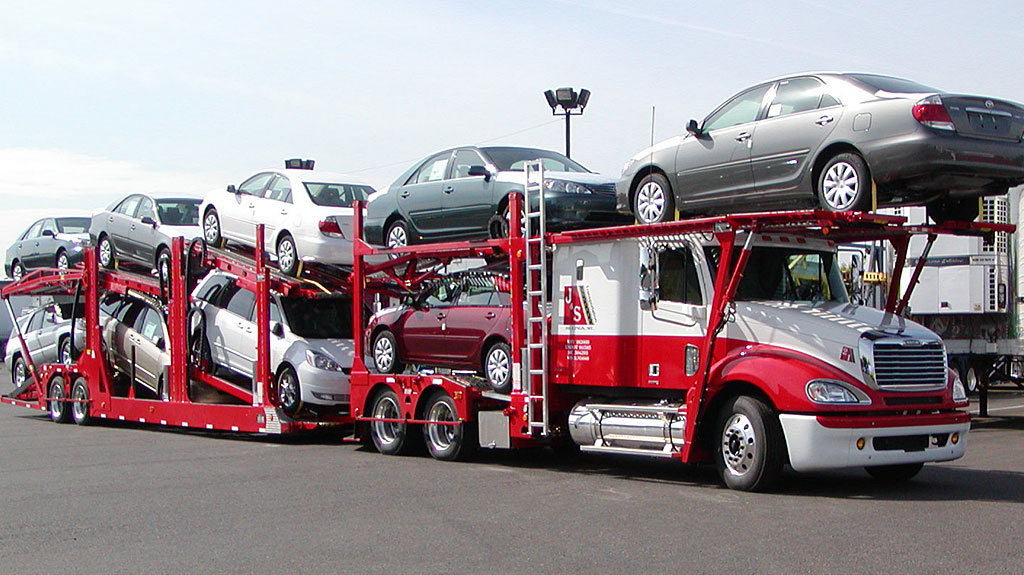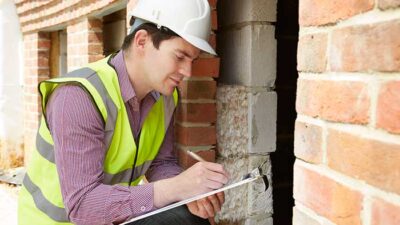
HGV drivers need to have very good driving skills, because that is what keeps not just them but also other road users safe. For that reason the Government introduced a requirement for retraining in 2009, which drivers can do through CPC training. But, they are also required to keep their vehicle in good condition. A vehicle that is not road worthy could pose a huge safety hazard.
Annual safety inspections serve as an effective way of ensuring that HGVs are in good condition.
Why Are Annual Safety Inspections Necessary?
A HGV is a large and complex machine with a huge range of moving parts and complicated systems. They need to all be fully operational in order to ensure that the vehicle functions the way it should, is easy to drive, and works properly. If something within the HGV isn’t working properly then that might cause issues with how well the driver can control the vehicle, or how efficient the fuel consumption is, both of which could be serious issues. The tachograph, air brakes, and other parts of the vehicle can all cause potential issues, and each component of the vehicle needs to be kept in proper working order.
Just as a car has to pass its MOT in order to ensure that it is road worthy, HGVs need to go through their own inspection process. This inspection considers the roadworthiness of the vehicle, and helps to ensure that it will be safe to drive. Making the inspections annual means that there is more chance of catching any issues that crop up. Any well-trained driver will understand what the testing is for and will appreciate knowing that the vehicle their employer puts them in is safe.
What Do Inspections Look At?
Each day, HGV drivers will perform a quick ‘walkaround’ before they start driving their vehicle, checking the basics such as tyres and lights. This is a routine check that is important for the ongoing maintenance of their vehicle. The annual check will see an inspector take a much closer look at the vehicle, including the topside and underside, to confirm that it meets a strict set of standards for condition and roadworthiness.
The Topside
The top of the vehicle is inspected on a hard-standing surface, and will check that:
- The identity of the vehicle matches its VTG6 Plate
- The mirrors’ fairings are in good condition and are fixed securely
- The doors on both the driver and passenger side work properly and will shut securely
- The tyres are in good condition and are the right type for the size of the vehicle
- The spray suppressors are of the correct size
- The lights, indicators, repeaters, etc. are fully operational and aligned correctly
The topside inspection looks at every visible part of the vehicle to ensure that it is fully operational and in a good state of repair. Everything, including the inside of the cab, will be checked. Most elements of this part of the inspection are things that are usually checked by HGV drivers, so they should have already been spotted in a routine check if there was any problem.
The Underside
Once the topside checks are done, the HGV will be moved over a pit for underside checks including:
- The alignment of the axle
- Shaker plates
- Air brakes
- Foot brakes
- Oil and fuel pipes/tubes
- Bearings
- Steering
The inspectors are highly trained and will be looking for damage, wear and tear, loose bolts and other warning signs or potential issues. The checks are highly rigorous, but they are doing them to ensure full road safety so it is important that everything is perfect.















